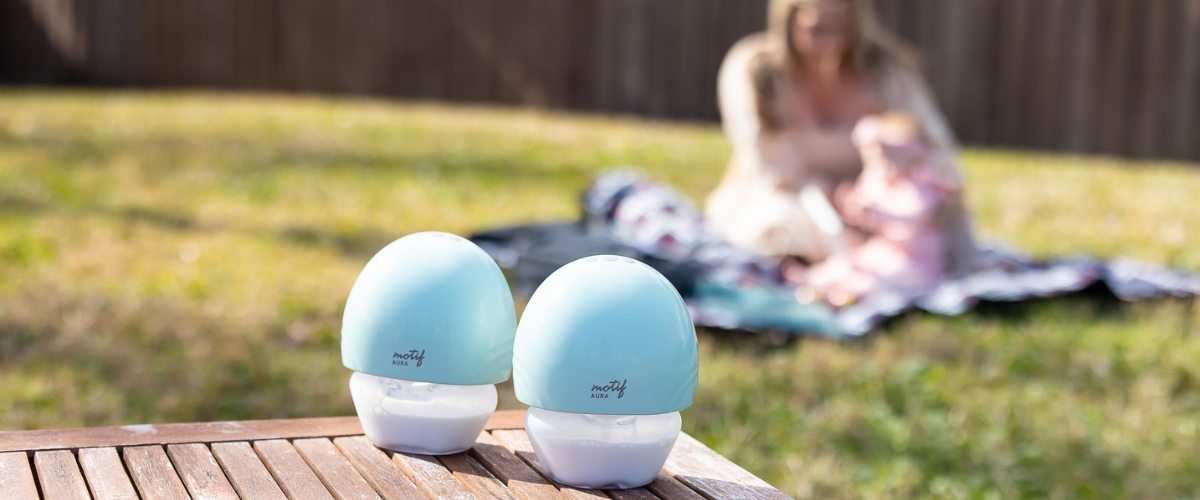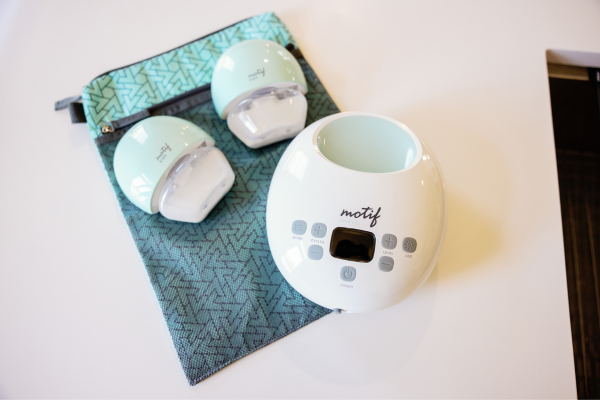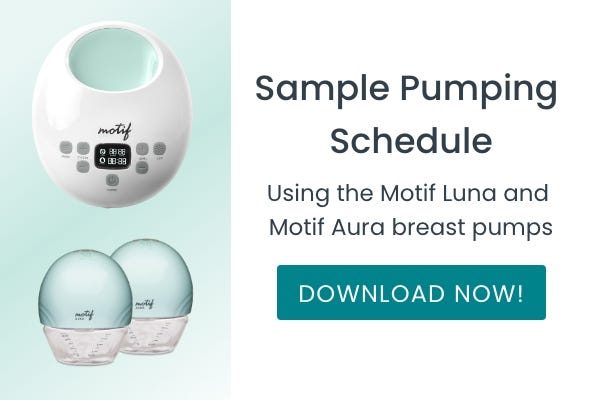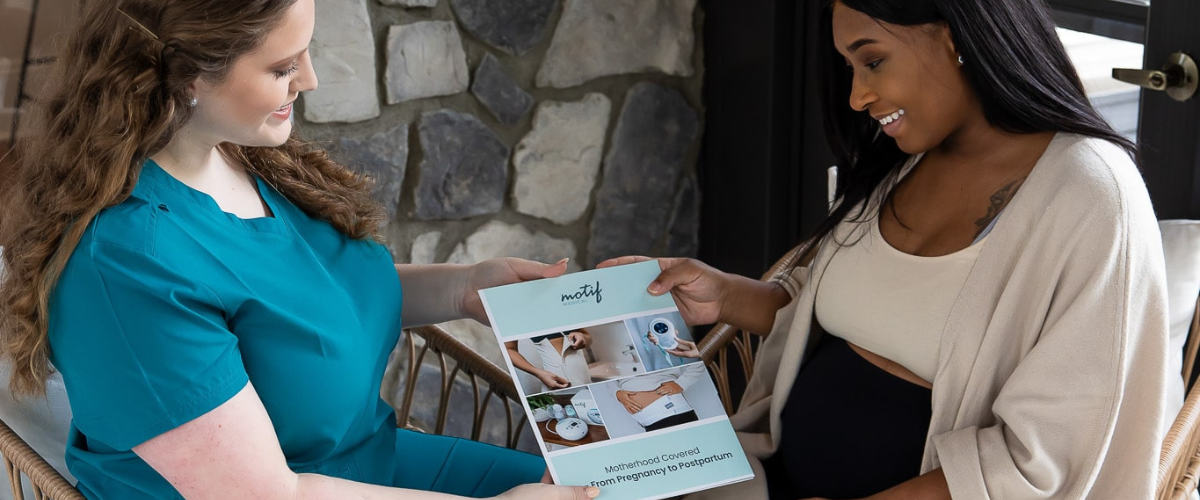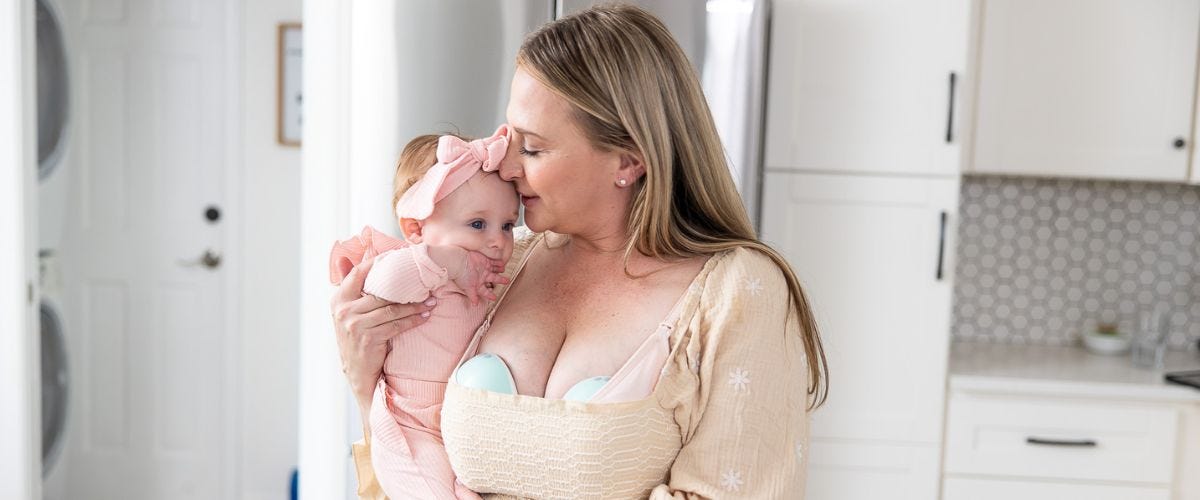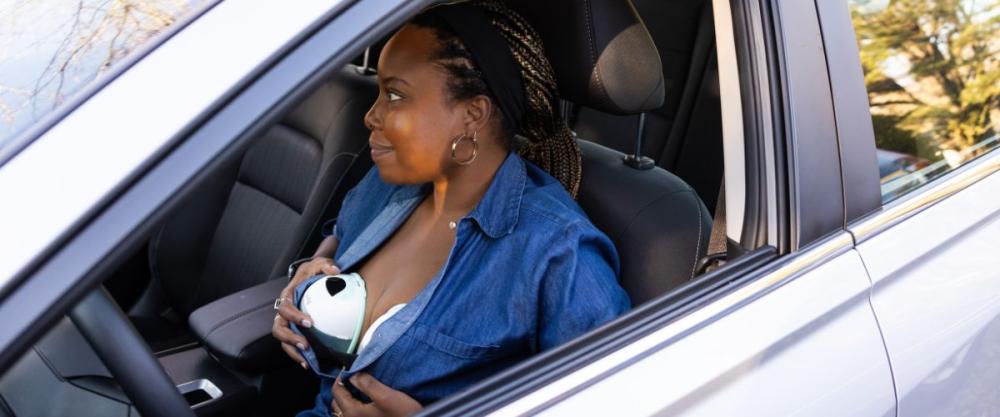Are Breast Pumps the Same?
Not all breast pumps are created equal. Pumps are created for different situations and to fit different pumping needs. For this reason, breast pumps are often categorized as either primary or secondary. Primary pumps are traditional double electric breast pumps that use flanges and provide hospital strength and performance to effectively and efficiently express milk. Secondary pumps are smaller, more portable pumps that sometimes feature hands-free collection cups with tubing or are completely wearable inside the bra. Secondary pumps usually also have rechargeable batteries. Below are some of the most frequently asked questions when considering adding a portable or wearable pump to your pumping routine.
Should I Get a Wearable Breast Pump Through Insurance?
While it may be tempting to use your insurance benefit toward a hands-free breast pump, you might want to reconsider. Wearable and portable pumps are considered secondary pumps while a traditional pump, such as the Motif Luna, is considered a primary pump. A primary breast pump will be most efficient and produce the greatest volume of breast milk reliably.
Wearable and portable breast pumps (Motif Aura and Motif Duo) are considered secondary pumps because most users report that they do not remove breast milk as effectively when compared to primary pumps. Wearables are nice, but it is recommended to take advantage of that precious insurance benefit by securing a high-quality double electric pump that offers independent cycle and vacuum adjustments as these pumps are going to consistently remove milk better than wearables. Opt for adding a wearable or portable pump to your baby shower registry. This ensures you’re getting the best bang for your buck when it comes to your insurance-covered pump.
When Should I Use A Wearable Pump?
Using a wearable too often can lead to engorgement, clogged ducts, and even reduced milk supply. This occurs because wearables often do not empty the breasts as well as traditional pumps do. Many breastfeeding moms report that their wearable pumps remove smaller volumes of breast milk than their traditional pumps do. If less milk is removed, it sends a signal to your breasts to slow down breast milk production. For this reason, it is best to use your wearable pump as a companion to your primary pump. This might be when traveling, when it is necessary to pump while interacting with others, or when you must be mobile while pumping.
Sample Pumping Schedule for Exclusive Pumpers
When Should I Avoid Using a Wearable?
It typically takes about 6 weeks, or 40 days, to build a full milk supply after you have given birth. During this time, frequent and adequate milk removal and breast stimulation are essential for establishing an abundant breast milk supply. Most lactation consultants recommend waiting until your milk supply is well-established before introducing a secondary pump. If you have a low milk supply, a wearable pump is likely not the best option. Instead, opt for pumping with a primary, traditional pump as needed to boost supply. To make pumping with a traditional pump more convenient, opt for a hands-free pumping bra.
Do I Need a Secondary Pump If I’m Exclusively Pumping?
Exclusively pumping means that milk is removed using the pump only, with no nursing at the breast. Exclusive pumpers often use more than one breast pump to make pumping easier and more convenient. Secondary pumps can be an integral part of the exclusive pumping lifestyle as they make it possible to fully multitask while also getting in those 8+ pumping sessions needed to maintain a full milk supply. When incorporating a wearable/portable pump into your exclusive pumping routine, maximize pumping effectiveness by using your primary pump for most sessions especially the first and last sessions of the day.
Sample Pumping Schedules for Returning to Work
6:00 am - Nurse
8:30 am - Use wearable to pump during the commute to work
11:30 am - Use primary pump during lunch hour
2:00 pm - Use wearable during a virtual meeting
4:30 pm - Use wearable during commute home
6:30 pm -Nurse
9:30 pm - Nurse
1:00 am - Nurse
4:00 am - Nurse
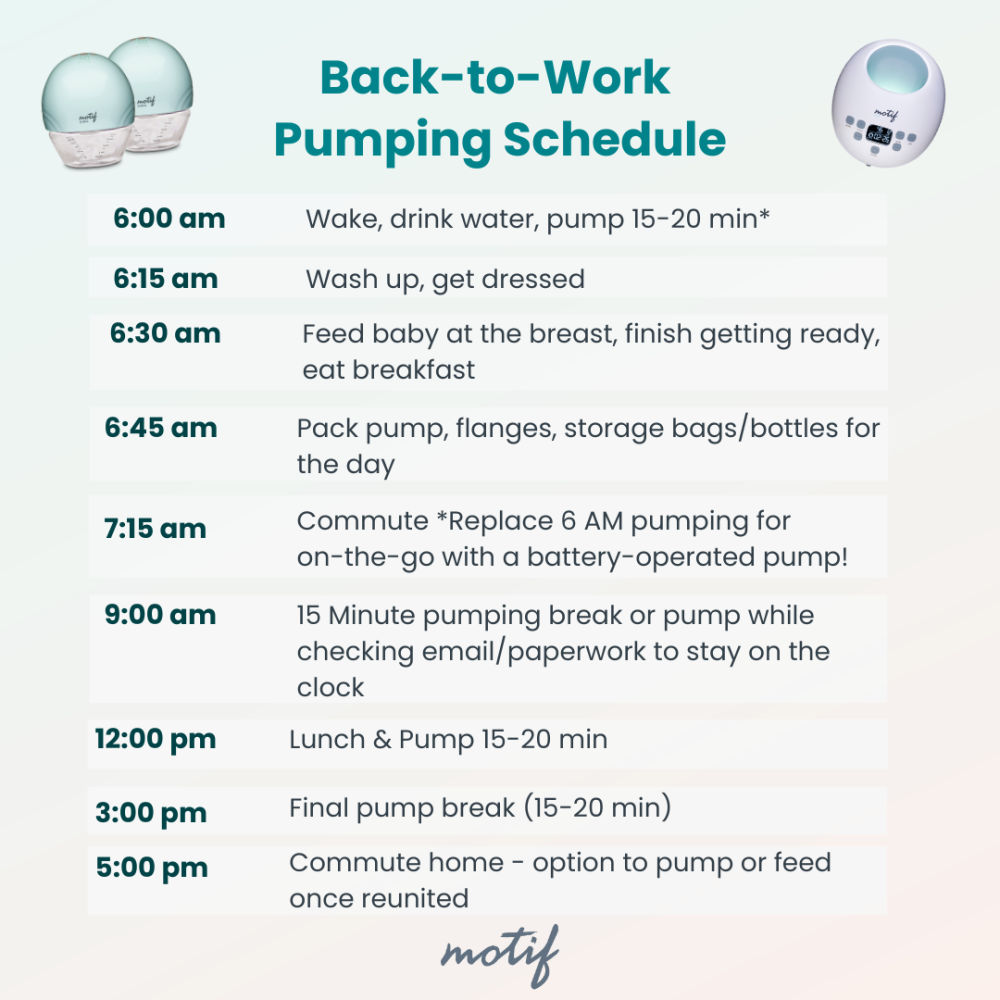

Remember, every breastfeeding journey is unique and your schedule might differ from others. Embrace what works best for you and your little one!
What Do I Need to Know Before Buying a Wearable or Portable Pump?
- Wearable pumps can be very pricey! Shop around for the features that are most important to you and seek out breast pump reviews detailing their pumpers’ experiences.
- Replacement pump parts may be hard to get or expensive depending on which pump you choose.
- You may need to purchase a special pumping bra alongside your nursing bra to get your wearable or portable pump to work correctly.
- Some wearables have more parts to wash after each pumping session.
- Moms often report that certain wearable pumps are not as comfortable as their primary pumps.
- Some wearables require an app to function. Others have the option of working with the app or with on-board buttons.
- Wearable pumps and portable pumps with hands-free collection cups do not work for everyone. Some women find that no matter what they try, wearables and collection cups just do not remove milk adequately for them.
What Tips Make Pumping With a Wearable or Portable Pump Easier?
- Be sure you have the right flange size. Wearable pumps and collection cups are much more effective when the flange size is spot-on.
- Getting your nipple centered can be tough. For wearables, using a mirror to get the correct placement before sliding the pump motor onto the breast shield can help.
- Your bra needs to be tight enough to hold the wearable pumps or collection cups in place even while you’re moving around. Any shifting can cause poor suction and even pain.
- While some wearables guard against leaks, it is still safest to avoid bending over when using these types of pumps.
Wearable and portable pumps are a great solution when pumping on the go is a must. However, they are not considered primary pumps and it is unrealistic to assume they will perform like one. Knowing how to incorporate a secondary pump into your breastfeeding routine can offer you the best of both worlds……convenience, and effectiveness! If you are unsure if a secondary pump is a good option for you, reach out to an IBCLC (International Board Certified Lactation Consultant) who is experienced in pumping to help new moms on their breastfeeding journey.
Information provided in blogs should not be used as a substitute for medical care or consultation.

